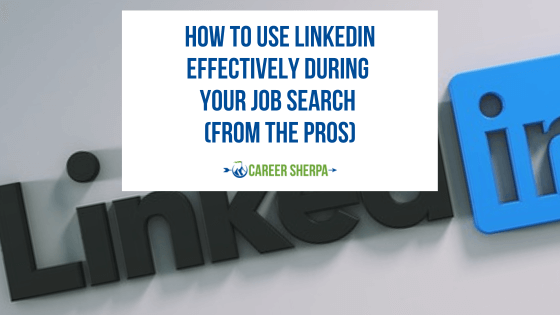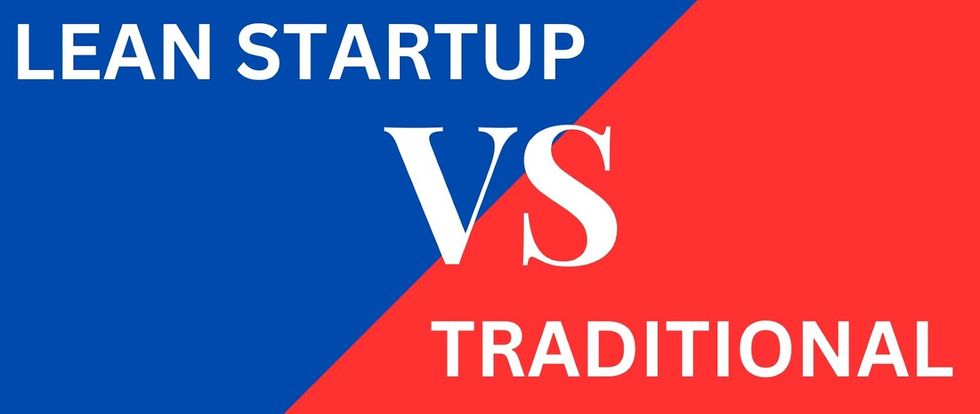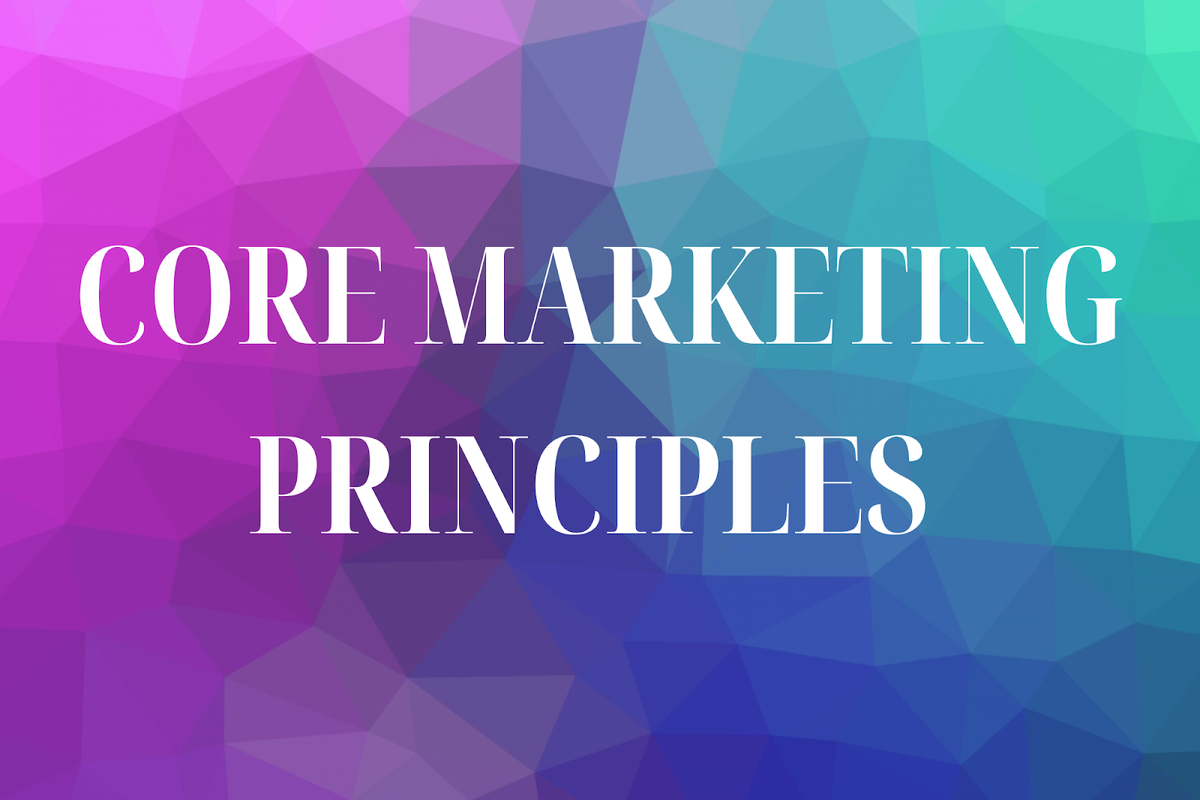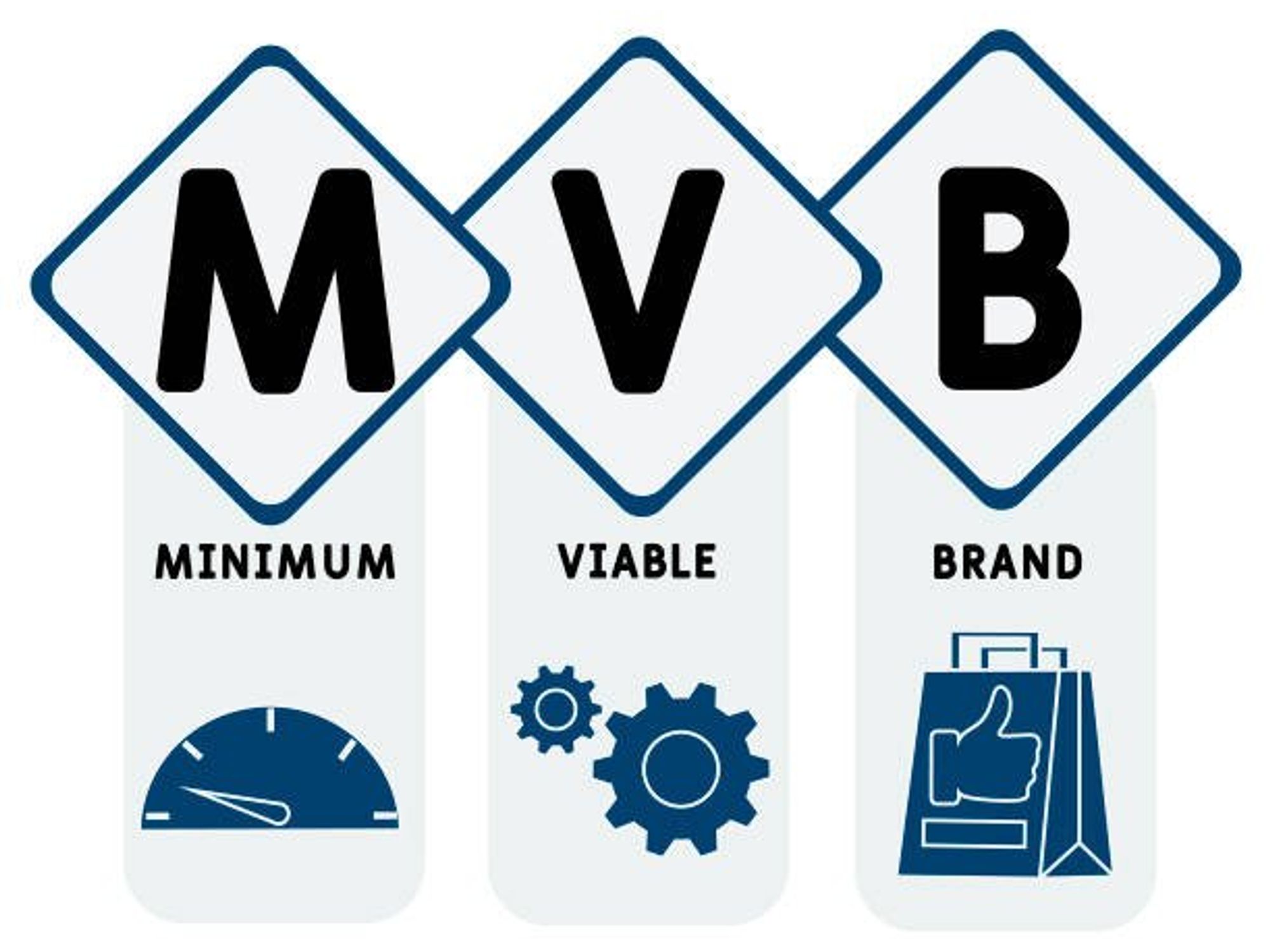
Whether you’re a seasoned manager looking to hone your leadership skills or an aspiring leader focused on developing a strong foundation, the journey to becoming a more effective and empathetic boss is a continuous process of self-improvement. Being a better boss is not only about increasing productivity and profitability; it’s about fostering a positive and productive work environment, nurturing the growth of your team, and, ultimately, achieving success collectively. So what strategies can help you become the kind of boss your team looks up to and respects?
We recently asked our leading executives for their best tips on how to be a better boss.
Here are their responses…
Ana Smith, Leadership Development & Learning Strategist
Being a better boss isn’t just about holding a position of authority; it’s about inspiring and guiding your team towards success. Effective leadership is a skill that can be developed over time, and it’s essential for creating a positive work environment and achieving outstanding results. If you want to become a better boss, consider implementing these 10 strategies:
1. Lead by Example:
Great leaders set the standard for their team. Demonstrate the work ethic, attitude, and behavior you expect from your employees. If you want your team to be punctual, dedicated, and collaborative, show them that you are all those things and more.
2. Communicate Effectively:
Open, honest, and clear communication is at the heart of good leadership. Be approachable and listen actively to your employees. Share your expectations, provide feedback, and keep your team informed about company goals and progress.
3. Empower Your Team:
Trust your team to make decisions and take ownership of their work. Encourage creativity and problem-solving. When employees feel empowered, they become more engaged and committed to their tasks.
4. Provide Constructive Feedback:
Offer both praise and constructive criticism. Acknowledge your employees’ achievements and, when necessary, offer guidance for improvement. A balance of positive and negative feedback fosters growth and development.
5. Set Clear Expectations:
Ensure that your team understands their roles and responsibilities. Clearly define goals, objectives, and performance metrics. Clarity in expectations reduces confusion and enhances productivity.
6. Foster a Positive Work Environment:
Create a workplace culture that values respect, inclusivity, and teamwork. Recognize and celebrate individual and team achievements, and encourage a healthy work-life balance.
7. Lead with Empathy:
Understand your employees’ needs and challenges. Be empathetic to their personal and professional situations. This will build trust and strengthen your relationships.
8. Develop Your Team:
Invest in your employees’ professional development. Offer training opportunities, mentorship, and guidance to help them grow and advance in their careers. When your team thrives, your organization does too.
9. Manage Conflict Effectively:
Conflict is a natural part of any workplace. A better boss can manage conflict by addressing issues promptly, remaining neutral, and facilitating constructive resolutions.
10. Be Adaptable:
In today’s ever-changing world, adaptability is a vital trait for leaders. Be open to new ideas, technologies, and approaches. Embrace change and guide your team through transitions with confidence.
Being a better boss is an ongoing journey that involves continuous self-improvement and a commitment to creating a positive and productive work environment. By leading by example, communicating effectively, empowering your team, and fostering a positive culture, you can become a leader that inspires and motivates others to reach their full potential.
Remember, leadership is not just about the title you hold; it’s about the impact you have on the people you lead. By applying these strategies, you can become the kind of boss that people respect, admire, and are eager to follow.
Ana Smith helps people & organizations achieve their full talent potential by developing and co-creating people strategies and customized solutions, and turning them into impactful outcomes and collaborative relationships, using coaching as the “red thread.”
Michael Willis, Sports Business Operations Executive

Here are some ways to embrace being a better boss.
1. Lead by Example: The most effective leaders are those who don’t just talk but walk the walk. Be the change you want to see in your team. Demonstrate the qualities you expect from your employees, such as dedication, punctuality, and a strong work ethic. Your actions will inspire others to follow suit.
2. Effective Communication: Communication is the cornerstone of effective leadership. Make an effort to be a better communicator. Listen actively to your team members, provide clear instructions, and offer constructive feedback. When your team feels heard and understood, they’ll be more motivated to perform at their best.
3. Empower Your Team: Great bosses empower their employees. Trust your team to make decisions and take ownership of their work. Provide opportunities for growth and development and encourage them to take on new challenges. When your team feels valued and trusted, they’ll be more engaged and motivated.
4. Recognition and Appreciation: Never underestimate the power of appreciation. Recognize and celebrate the achievements and efforts of your team members. A simple “thank you” or a public acknowledgment can significantly boost morale and motivation.
5. Continuous Learning: A better boss is one who never stops learning. Stay updated on industry trends, leadership best practices, and management techniques. Invest in your personal development, and your commitment to growth will inspire others to do the same.
6. Conflict Resolution: Conflicts are inevitable in any workplace. As a better boss, learn to handle conflicts with tact and empathy. Encourage open and respectful communication among your team members. Use conflicts as opportunities for growth and improvement.
7. Work-Life Balance: Show that you care about your team’s well-being by promoting work-life balance. Encourage employees to take breaks, use their vacation days, and maintain a healthy work-life equilibrium. When your team is well-rested and happy, they’ll be more productive and motivated.
8. Set Clear Goals: Ensure your team understands their roles and responsibilities by setting achievable goals. When your team knows what’s expected of them and sees a clear path forward, they’ll be more motivated to work towards those goals.
9. Lead with Empathy: Understand that your team members have their own needs, ambitions, and challenges. Show empathy and compassion towards their personal and professional struggles. Your empathy will foster a supportive and motivating work environment.
10. Inspire a Shared Vision: Paint a compelling picture of the future for your team. Share your vision and goals, and rally your team around a common purpose. When your team believes in the mission and sees how they contribute, their motivation and dedication will soar.
In conclusion, becoming a better boss is not just about managing people; it’s about inspiring and motivating them to reach their full potential. Committing to being a better boss creates a positive and empowering work environment where everyone can thrive. Remember, leadership is not about being in charge; it’s about caring for those in your account.
Michael Willis has 18+ years of experience working with accounting & sports organizations and has managed P&Ls of $10M – $125M+ with budgets of $3M-$50M+. He worked for the NFL for 22 1/2 years, mainly with the game officials working on the financial/accounting side of the business.
Lisa Perry, Global Marketing Executive

I worked for a company where, upon joining, I swiftly realized that my direct reports were experiencing profound frustration. They expressed a strong sense of being undervalued, not only by the previous boss but also throughout the marketing organization and with senior leadership. To be an effective leader and align efforts with business objectives, I recognized the need to identify and rectify the underlying issues swiftly. Here are five key strategies I used to enhance my leadership and become a better boss for my team:
- Foster Effective Communication: Create open channels for communication and actively encourage attentive listening. Cultivate a culture of transparency where team members are at ease sharing their ideas, concerns, and feedback, even if they differ from your perspective. Establishing trust may require time, especially if there has been a history of mistrust. Building trust with your team involves assuring them that it is acceptable and welcome to hold differing viewpoints. Emphasize that diverse perspectives and ideas are valued, even when passionately presented. It is essential to establish this environment swiftly to provide a safe space for driving ideas and achieving business objectives without fear.
- Donât Be a Know-It-All: As a boss, itâs not about being an expert and knowing all the answers. Itâs quite the opposite. When managers must provide all the answers, they stifle their employeesâ opportunities for critical thinking and growth. When faced with a situation beyond your expertise, ask questions that spark a dialogue and creativity. This strengthens the teamâs trust but also sets a valuable example of humility.
- Be Generous: It is about how you interact and treat people. A good boss focuses on:
- Proactive Problem Solving: Fixing issues before they become significant problems.
- Celebrating Wins: Recognizing employee achievements.
- Taking Responsibility: Accepting accountability when things go wrong.
Employees value bosses who are generous with information, time, praise, and coaching to help them excel at their jobs. Itâs about fostering a supportive and motivating work environment.
- Donât Talk, Listen: Your team comprises talented individuals with unique perspectives. Actively listening and offering your undivided attention is how you foster trust and teamwork and gain an understanding of their needs and expectations. Through attentive listening, you comprehend their messages and ideas effectively and show that you value their input and respect their voices.
- Create a Positive Work Environment: Alleviate workplace stress by allowing your team to have fun and embrace a positive, inclusive team culture. Motivate with positivity, valuing diversity, respecting individual contributions, and celebrating achievements to promote employee happiness and productivity.
Being a better boss is not about holding a position of authority; itâs about leading with empathy, effectiveness, and inspiration. If you found this helpful, I invite you to explore my book
How to Develop a Brand Strategy and insightful brand marketing
articles.
Lisa Perry helps companies drive revenue by using consumer trends, insights, and data analytics to innovate their approach to marketing.































